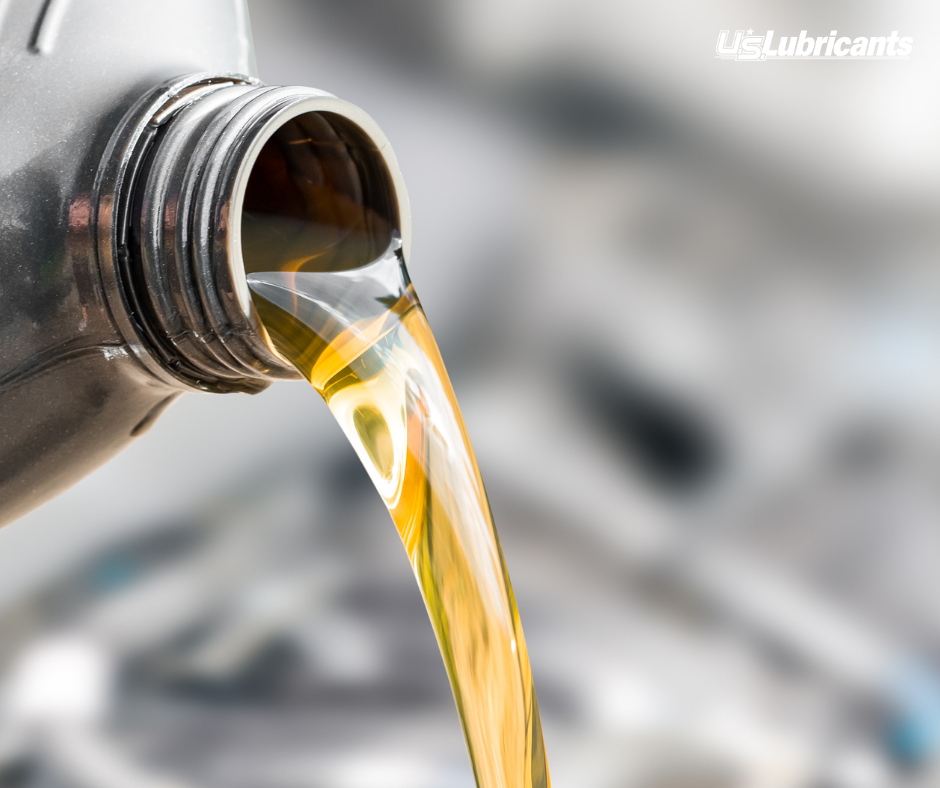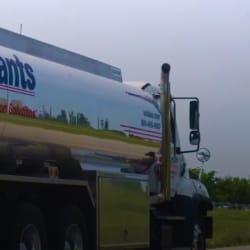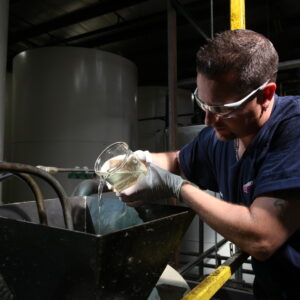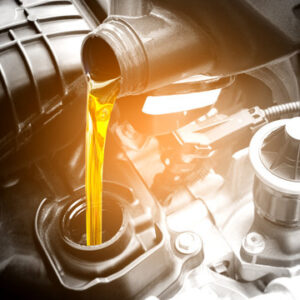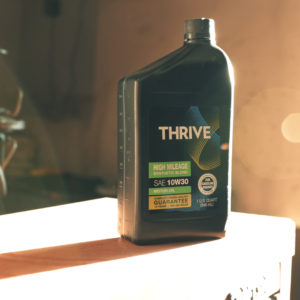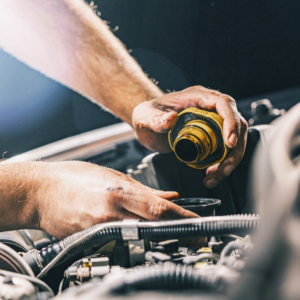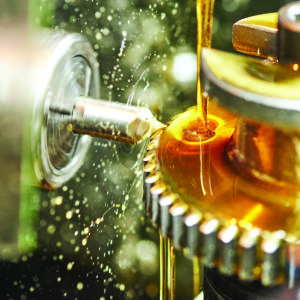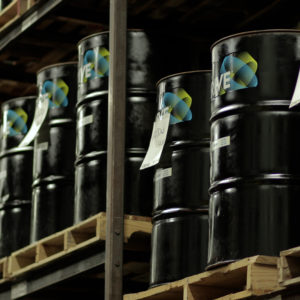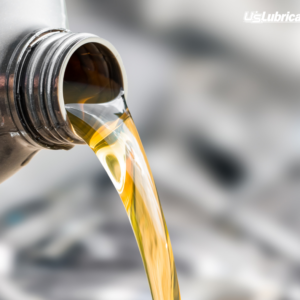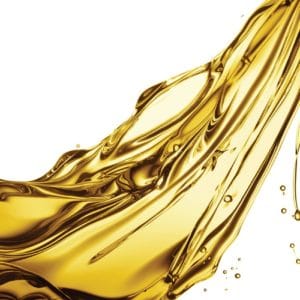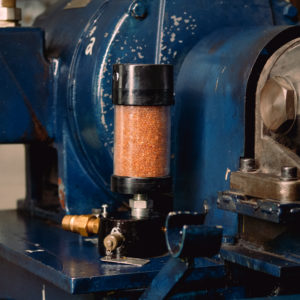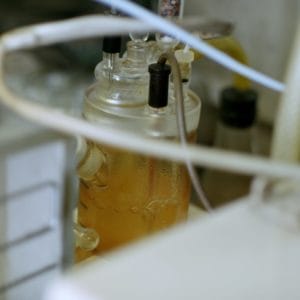Fleets across the nation are considering various options for lengthening the life of their equipment this year. Rising fuel prices, new equipment shortages, and a competitive talent market are all factors contributing to the evolving transportation industry. For some, one controllable factor includes implementing a lower-viscosity, API FA-4 engine oil into their lubrication program.
About Lower-Viscosity Engine Oils
Lower-viscosity engine oils increase fuel economy; those that maintain engine protection also reduce vehicle operating cost and improve vehicle exhaust emissions. Petro-Canada recently developed two prototype 0W-20 heavy-duty diesel engine oil formulations for a field trial evaluation. Their goal was to see if a low viscosity oil can still provide strong engine protection for heavy-duty diesel engines. The results showed that it is possible to have solid engine protection, even under extreme, maximum loads. The lowest viscosity currently allowed for API-licensed and OEM-approved heavy-duty engine oils in the North American market are the API FA-4 products.
API FA-4 Compared to CK-4 Standard
FA-4 and CK-4 formulations were developed to reduce carbon dioxide and greenhouse gas emissions, while also maintaining engine durability. While low-viscosity oils will help them reach their improved fuel economy and sustainability goals, CK-4 and FA-4 oils enhance this improvement. Here are some comparisons:
| FA-4 | CK-4 |
|---|---|
| - Maintain lower high temperature/high shear (HTHS) viscosity - Recommended for engines built in 2017 or later - Primary factory-fill across the industry - Same fluid technology improvements as CK-4, but with increased fuel economy, better horsepower, and improved lubricant flow rate - Not backwards compatible | - Maintain traditional high temperature/high shear (HTHS) viscosity - Developed as a replacement for CJ-4 standard - Improve oxidation resistance, shear stability, and aeration control - Backwards compatible |
Complexities to Consider for Lower-Viscosity and API FA-4 Engine Oils
When purchasing a lower-viscosity engine oil, consider your lubricant stocking strategy. Stocking one consistent engine oil can be more efficient; however, the cost savings of increased fuel economy may outweigh the additional work and space required for multiple products. Also, because FA-4 is recommended for engines built in2017 or later, you will need to consider the average age of your fleet. Research shows that switching from a 15W-40 to a 10W-30 can offer up to a 3% fuel efficiency advantage. FA-4 products will enhance this 3% fuel efficiency advantage.
A second complexity to consider is if a lower-viscosity oil is endorsed by your OEM. If you are under warranty, you will want to follow the OEM recommendations. If you are not under warranty, you have the liberty to consult your lubricant expert who has the latest industry knowledge and can provide you with a tailored solution based on your unique business goals.
Outlook for Engine Oil
As industry experts lean towards a shift to lower viscosities in our future, changes will likely start with new classifications of engine oils. For example, what is currently the 10W-30 will soon be replaced by the 5W-30. We recommend that when considering switching the viscosity or type of your engine oil, consult your lubricant expert for assistance with a transition plan. U.S. Lubricants has a team of experts and product engineers that can offer guidance for a smooth transition to help you find a better way.


